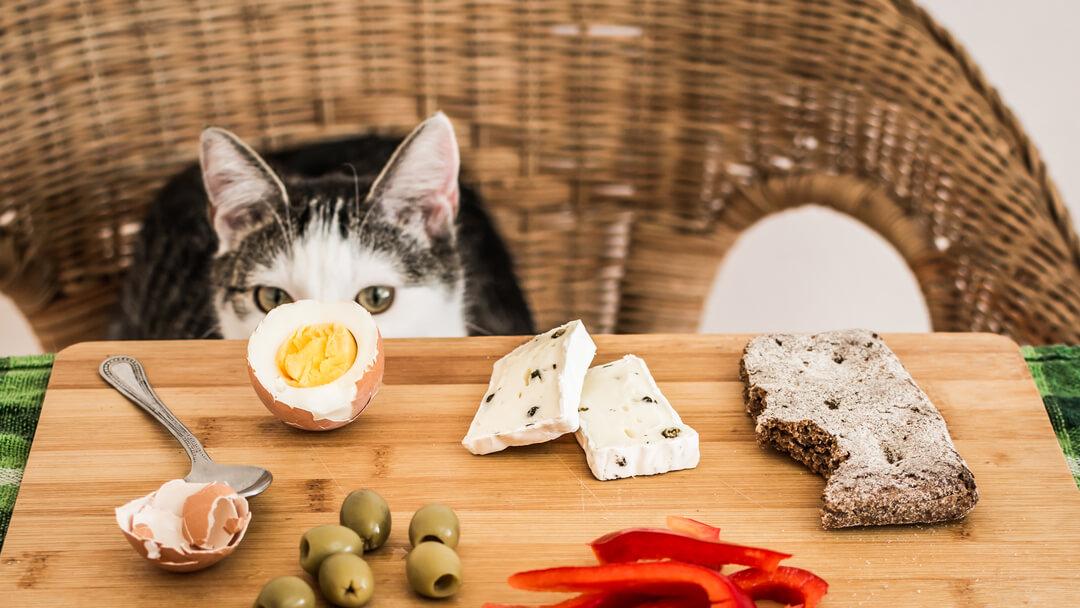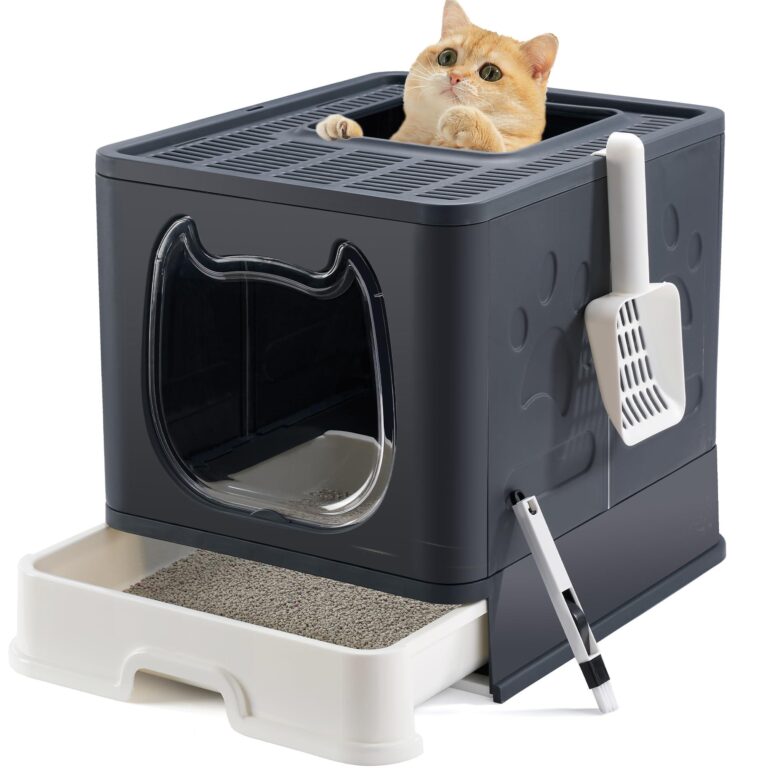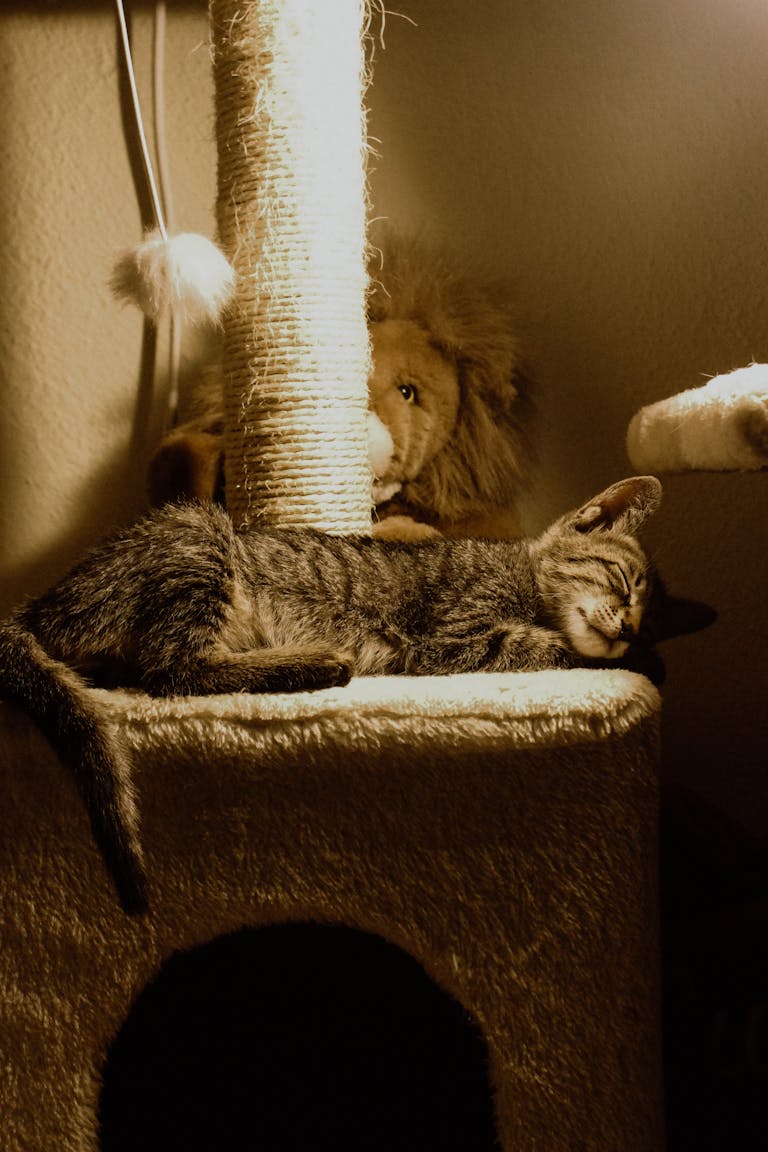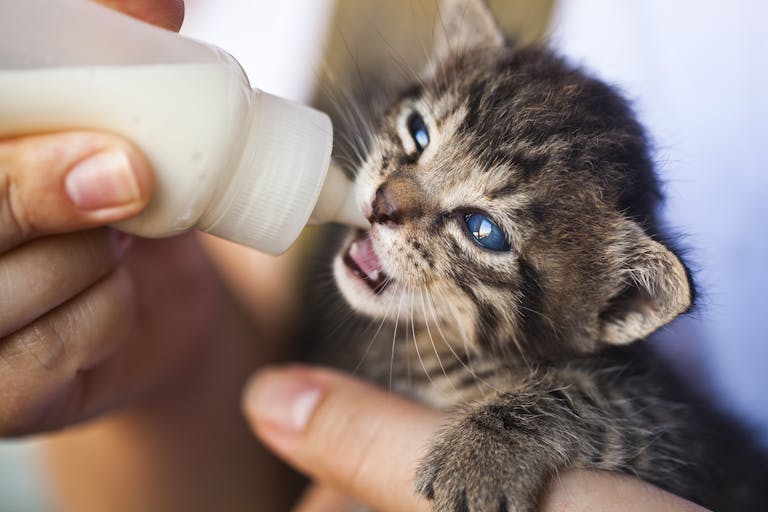Can Cats Eat Human Food? What’s Safe and What’s Not

Can Cats Eat Human Food? What’s Safe and What’s Not
Hey fellow cat lovers! If you’re anything like me, you’ve probably watched your furry friend eyeing your plate during mealtime and wondered, “Can my cat eat this too?” It’s tempting to share a nibble or two, especially when those big, curious eyes are locked on your dinner. But as much as we want to spoil our whiskered pals, it’s important to know which human foods are safe and which ones are a big no-no. So, grab a cozy spot and let’s dive into the scoop on cats and human food—the good, the bad, and the downright dangerous.
Why This Matters More Than You Think
We all adore our cats and want to keep them happy and healthy. Sharing food can feel like bonding, but cats have different digestive systems and nutritional needs compared to us. What might be a harmless snack for you can sometimes lead to serious health issues for your cat. Knowing what’s safe to share ensures your kitty stays out of danger, avoids tummy troubles, and lives a long, purring life. Plus, understanding this helps you establish good habits and keeps vet bills down. Trust me, your vet will thank you!
What Human Foods Are Safe for Cats?
Good news! There are some human foods that aren’t just safe but can even be a tasty treat for your little feline. Moderation is key, of course.
Lean Meats
- Chicken, turkey, and lean beef: Cooked plain, without seasoning, these lean meats are great sources of protein and usually much loved by cats.
- Make sure to remove bones completely—those little ones are a choking hazard!
Fish (In Moderation)
- Cooked salmon, tuna, and whitefish: These are okay occasionally but shouldn’t be a regular meal. Raw fish can contain harmful bacteria and enzymes that cause vitamin deficiencies.
Eggs
- Cooked eggs: Scrambled or boiled eggs are an excellent protein source. Skip the salt, pepper, or butter.
Vegetables and Fruits – The Exotic Treats
- Cooked carrots, peas, and pumpkin: Packed with fiber and vitamins, these can aid digestion.
- Small amounts of blueberries or cantaloupe: Some cats enjoy the sweetness, but always offer in tiny amounts and watch for reactions.
Dairy — Handle with Care
- Plain, small amounts of cheese or yogurt: While some cats tolerate it, many are lactose intolerant. Start small and monitor your cat’s digestion closely.
Foods You Should Never Give Your Cat
As much as we love sharing, there are several foods to absolutely avoid—they can cause poisoning, digestive problems, or worse.
Chocolate and Caffeine
- Both contain substances called methylxanthines that are toxic for cats and can lead to seizures or death.
Onions, Garlic, and Chives
- These cause damage to red blood cells and can trigger anemia, which is super scary and painful for cats.
Grapes and Raisins
- Known to cause kidney failure in cats (and dogs), even small amounts can be harmful.
Alcohol, Raw Dough, and Caffeine
- Super dangerous — never give your kitty anything containing alcohol or raw yeast dough, which can expand inside their stomach.
Xylitol and Artificial Sweeteners
- Found in sugar-free gum and candies, and toxic to cats, causing a sudden drop in blood sugar and liver damage.
Milk and Cream (In Excess)
- Despite the stereotype, most adult cats are lactose intolerant. Milk can cause nasty diarrhea!
Picky Eaters and Spoiled Tummies: Tips to Safely Introduce Human Food
Start Small and Observe
If you want to treat your cat to a bit of human food, start with a tiny piece and watch how they react. Any vomiting, diarrhea, or lethargy means stop immediately and consult your vet.
Stick to Plain, Unseasoned Food
No salt, pepper, onions, garlic, or oils. Cats’ digestive systems are delicate and too much seasoning can upset their tummies.
Avoid Frequent Feeding of Human Food
Human food should only be an occasional treat. Cats have very specific nutritional needs that are best met through high-quality cat food.
Keep Emergency Vet Number Handy
Just in case your curious kitty sneaks something they shouldn’t, having your vet’s phone number plugged into your phone is a great safety net.
Mistakes to Dodge When Sharing Food with Your Cat
- Feeding raw meat or fish: This often leads to bacterial infections or parasites.
- Assuming all dairy is safe: Most cats don’t digest lactose well, so milk can cause upset stomachs.
- Ignoring portion size: Too much human food can cause obesity and nutritional imbalances.
- Giving table scraps regularly: It encourages begging behavior and may train your kitty to refuse their cat food.
- Not researching a food first: Always double-check before sharing — even common foods can be dangerous.
Handy Helpers: Products That Make Treating Your Cat Safely Easier
If you want to treat your cat without fuss, there are some great options designed with kitty wellness in mind. Instead of giving random human food, try these vet-approved goodies that keep your cat happy and healthy.
- Temptations Cat Treats – These crunchy treats come in tons of flavors and are a safe, tasty option for rewarding your cat.
- Catnip and cat grass kits – Great for some fun and gentle digestion aid.
- High-protein freeze-dried treats made specifically for cats—check your local pet store or online for these! They’re a great alternative to risky human food.
Got Questions? Here Are Some Answers! (FAQs)
Can I give my cat cooked pasta or rice?
Plain cooked pasta or rice won’t harm your cat in small amounts, but they don’t provide the nutrients cats need. Think of them as occasional fillers, not a meal replacement.
What about bones in meat or fish?
Never give your cat bones from cooked meat or fish. They splinter easily and can cause choking or serious internal injuries.
Is it okay if my cat licks my plate or leftovers?
It’s best to avoid letting your cat lick your plate or leftovers, especially if there are seasonings, sauces, or foods listed under “never give.” Even small amounts can add up and cause problems over time.
Wrapping It Up: Loving Your Cat Means Knowing What to Share
At the end of the day, sharing food with your cat is about love and trust. They’re not just pets; they’re family. That’s why it’s so important to be careful and informed about what you offer them. A little lean chicken here, a tiny carrot there, and lots of tummy rubs can go a long way without putting your cat at risk. Keep those kitty whiskers twitching with happiness by choosing treats wisely, and always check with your vet if you’re uncertain. Your curious companion deserves the best—safe, healthy, and full of love.
Thanks for stopping by and sharing this juicy cat chat with me! Got a favorite safe treat for your cat or a funny food story? Drop it in the comments—I’d love to hear all about your feline foodie adventures!







